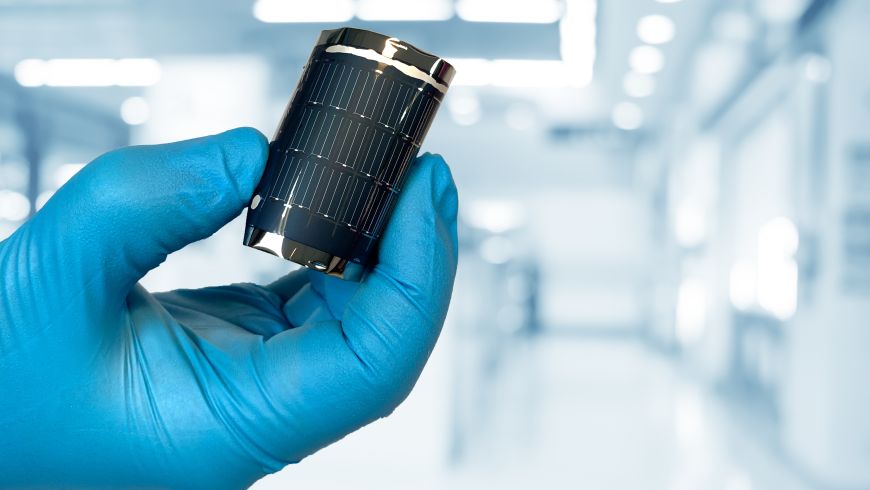Solar cells not only on open spaces and roofs, but also on cars and mobile devices: Thin-film modules make it possible. Their performance is constantly improving.
Solar energy plays a major role in plans to reduce climate-damaging emissions. Currently, modules made of polycrystalline silicon have the largest market share. However, due to their sometimes heavy weight and rigid construction, they are not suitable for all applications. For example, for mounting on trucks or roofs that cannot bear a high additional weight due to their statics. So-called thin-film modules are ideal for this purpose. They are significantly lighter and sometimes flexible, so they can also be adapted to curved vehicle surfaces.
Until now, however, their efficiency – which indicates how much of the solar energy is converted into electricity by a module – has been lower than that of conventional solar cells. Researchers at the Swiss Federal Laboratories for Materials Science and Technology (Empa) are working on optimizing the energy efficiency of thin-film modules, and a new record has now been set. The record module, made of copper indium gallium diselenide (CIGS), has an efficiency of 21.4 percent, according to an Empa press release. The Fraunhofer Institute for Solar Energy Systems ISE in Freiburg has confirmed the measurement. This approaches the highest value achieved by silicon solar cells, which is 26.7 percent.
Photo: Empa


